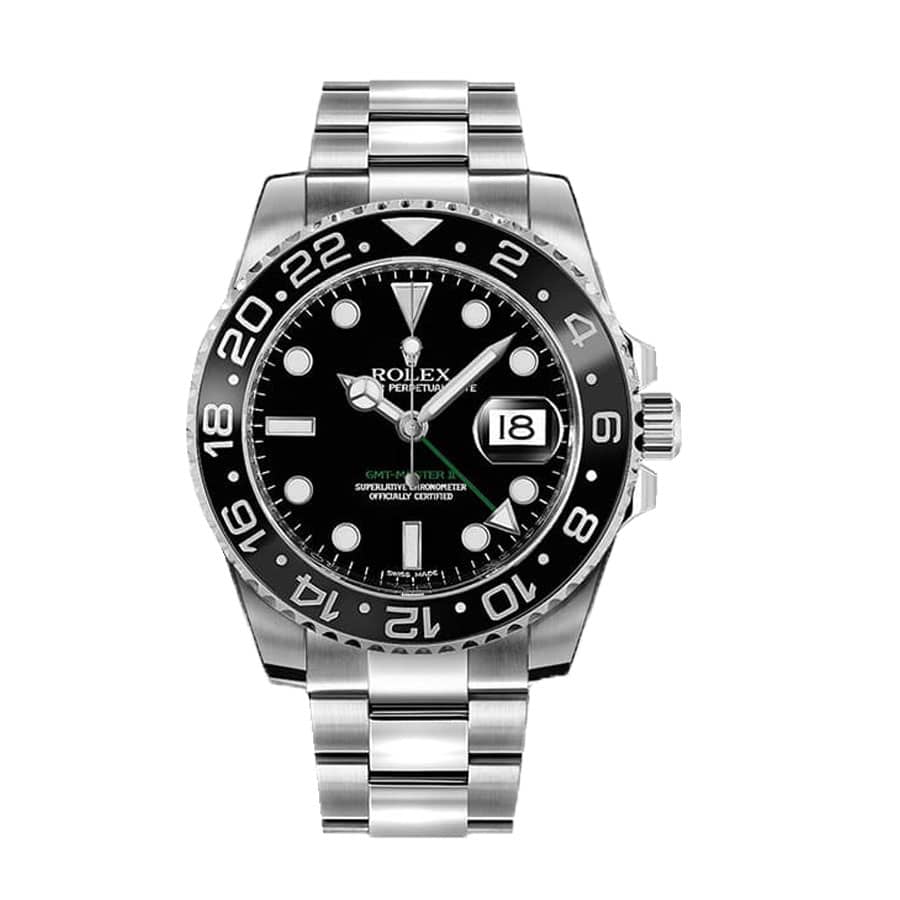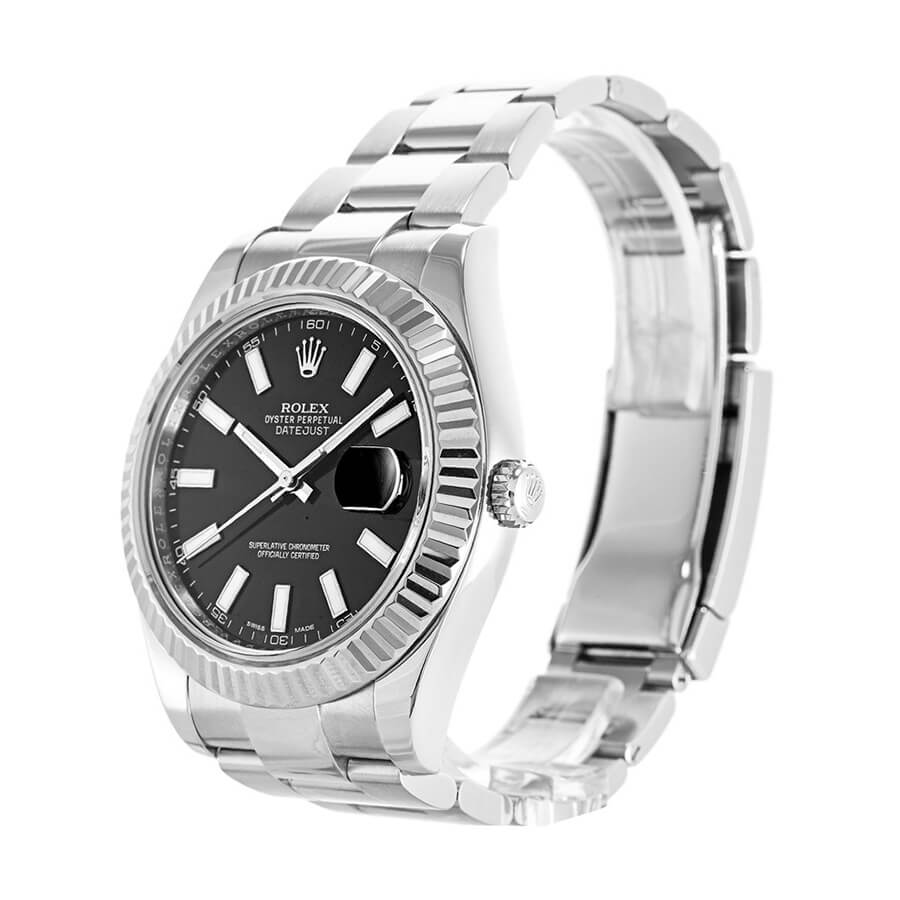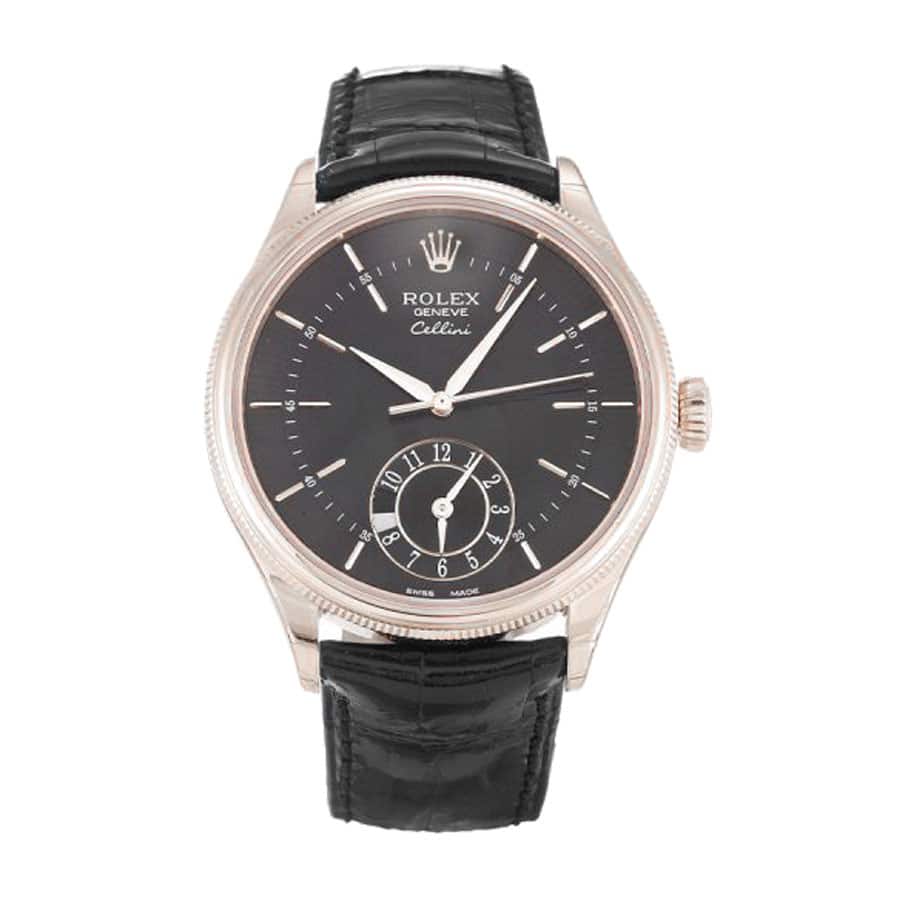Modern watch collecting has always been related to the condition of the dial. Some watch experts say that today about 80-90% of the value is in the dial. To the outsider, this sounds silly or completely illogical, as a watch is made up of many parts to be a collectible and iconic watch. However, nothing is truer than the fact that the focus of collecting vintage replica Rolex watches is the condition of the dial. Specifically, the patina on the dial. Once you study my “Rolex Buying Guide” you will know that modern watch collecting is about “exact matching patina”. Loose watch parts need to have the same age and patina level. Wear and tear must be in balance! 
Since the dial is the centerpiece of the watch and immediately catches the eye of the beholder, the dial has always been important and needed to showcase the identity of the brand. In the early 1930s, when watches became in demand, a manufacturer did not stamp all the watches he made and delivered to his customers, the jewelers. Instead of signing the dial with his own name, he chose to sign it with the jeweler’s name, which at the time had more public recognition than the name of their own watch brand.
As there are always a few “exceptions” to collecting vintage Rolexes, we also see the reverse of the black dial becoming the ultimate find. In the past, dials were made by hand, and in the early days of the dial printing process, dial maker Singer printed the actual text and graphics on a black, white face. Now it is apparently easy to spot any small mistakes, still with layouts designed by hand-painted artisans.
Somehow, collecting watches has become like collecting stamps or paintings. The important thing is to have a beautiful face. Collectors still buy Rolexes with amazing dials and worn cases because it is a known fact that a dial in good condition is much rarer than a case in good condition. 
Interestingly, when it comes to collecting watches, we seem to have the exact opposite situation. There was a time in the 1980s when complicated movements and technology defined the appeal of watches and increased the demand and value for watch collectors. While the dial was an important part of the watch, it was not a decisive factor in the buying process. Dials are often polished and reprinted to be as close to the original as possible.
The increased demand for vintage fake Rolex watches has pushed prices to new heights. With this came the inevitable ugly counterfeiting. Demand outstripped supply and suddenly the value of your Daytona tripled. Dials began to play an important role in finding specific models or types. Asia became the epicenter of fake dials and Italian Rinaldi dials entered the market. Quality fake dials emerged using unconventional production methods such as burying the dial in the ground or baking it in an oven in an attempt to get a matching patina. As prices rose, a little chemical magic was used in the printing of the dials, a small investment compared to the high revenues of this secret industry.
